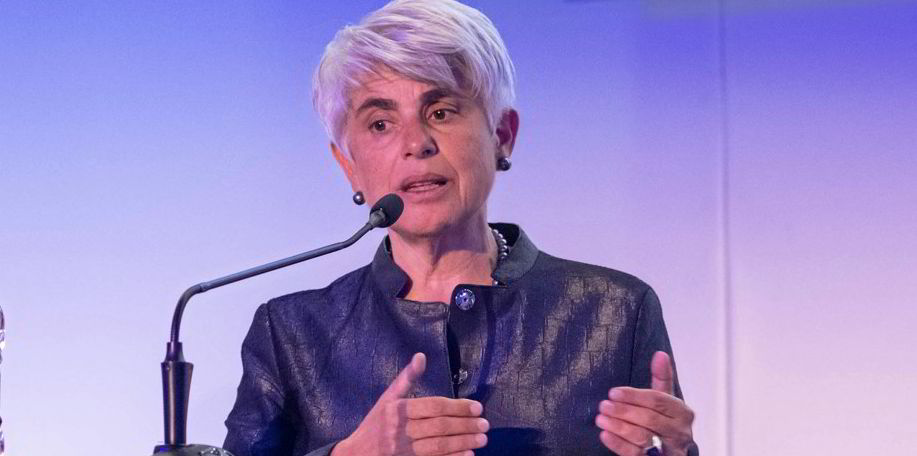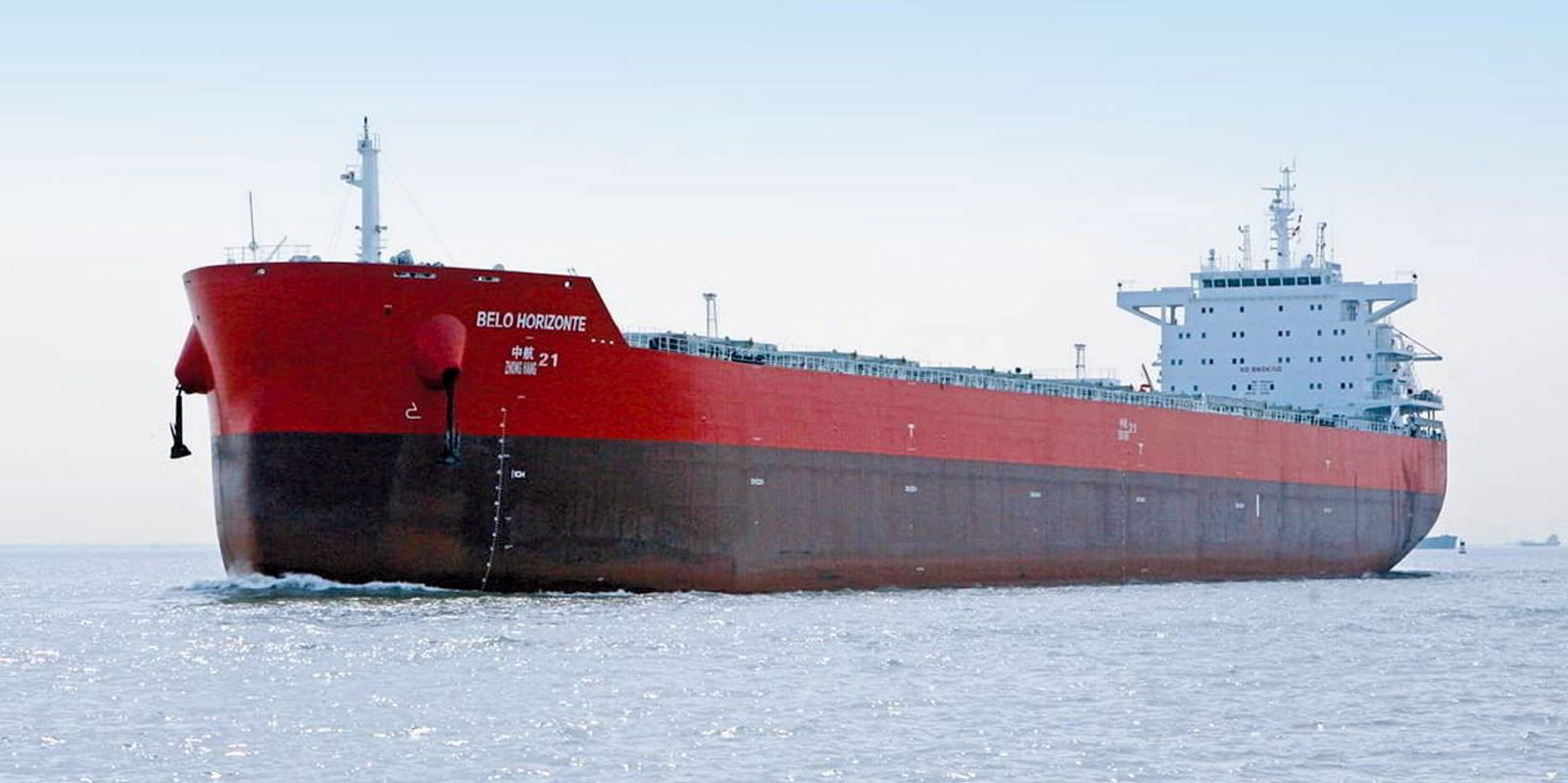Capesize secondhand prices are increasing amid a spike in dealmaking, as improving markets help buyers and sellers find common ground.
In a characteristic example of how the scene is gaining traction, serial capesize buyer Brave Maritime has resumed its acquisition campaign after a pause of six months.
The private arm of Greece’s Vafias Group has spent $23.8m on the 174,800-dwt Suigo (built 2011), according to ship management sources in Athens.
The market seems to be moving fast. A very similar vessel is said to have changed hands recently at a much higher price.
Market sources are reporting that the 178,500-dwt AM Gijon (built 2011), another Japanese-built and Japanese-controlled ship, found a new owner this week at $26m.
Amid the increased interest, players with a mind to sell their vessels are not short of opportunities.
That seems to be the case with Angeliki Frangou-led Navios Maritime Partners, a US-listed shipping behemoth in continuous fleet renewal motion. It has reportedly sold the 180,300-dwt Navios Beaufiks (built 2004) to Far Eastern buyers for about $13m.
The Navios Beaufiks is a shoo-in for a sale. Not only is it Navios Partners’ oldest capesize, the Koyo Dockyard-built vessel’s lucrative charter of $22,563 per day expired last month.
“Capesize S&P activity was very firm this week,” Athens’ Xclusiv Shipbrokers concluded in its report on 2 October.
Not so fast
Not all deals reported have materialised, however, and some of them are merely in the pipeline.
A week after selling the 175,900-dwt West Trader (built 2009) to Greece’s Danaos Corp, Sinokor is reported to be throwing three modern capesizes into the market — the 181,100-dwt Chow, 180,900-dwt Comanche and Contamines (all built 2016).
Indian steel giant ArcelorMittal has been identified as the putative buyer of the scrubber-fitted Comanche and Chow for $43.5m each.
Greek interests are said to be in the race for the Contamines, which comes without a scrubber, at about $42m.
Managers and representatives of Sinokor and ArcelorMittal did not respond to a request for comment.
Market sources speaking to TradeWinds, however, said the three vessels are indeed being marketed for sale but no final deal to sell them has been concluded.
Analysts take note of the increased activity in a market that “most had written off this year”, in the words of Eva Tzima, head of research at Seaborne Shipbrokers.
However, doubt remains as to whether that market has legs.
Another observer notes that capesize dealmaking continues to be fuelled by speculative buying amid high inflation, lack of alternative investment opportunities and profits booked in other shipping markets such as tankers.
“The reasoning behind the movement of asset prices across the different dry bulk sizes seems to be backed up more by sentiment [and] expectations and less by proven earnings performance,” Tzima noted in her latest weekly report on 2 October.





